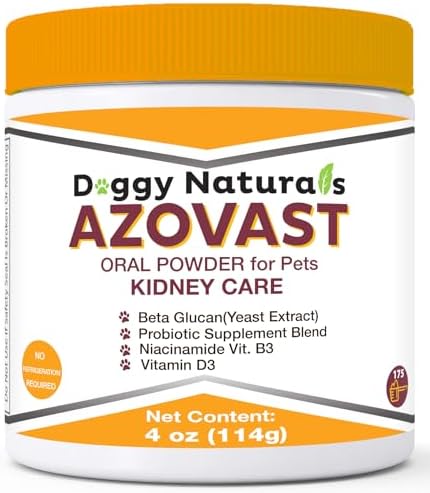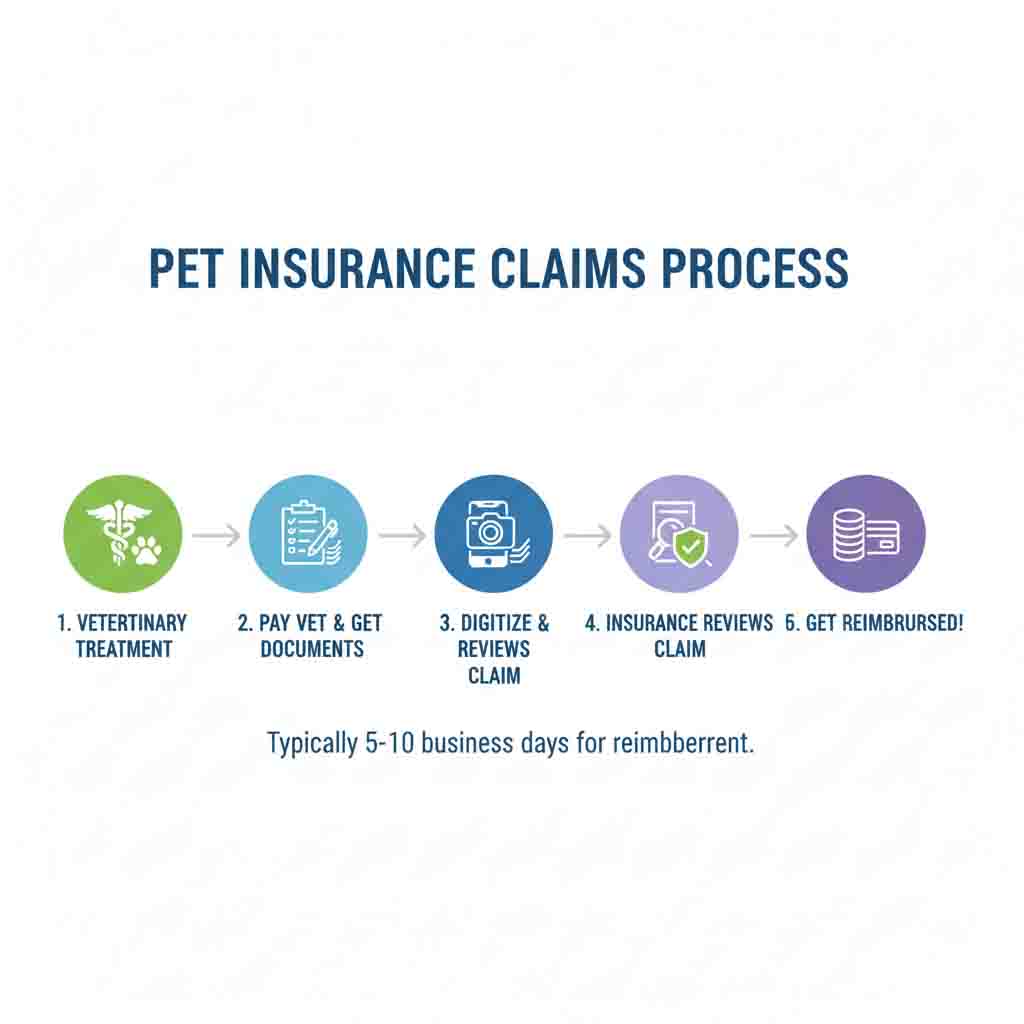I. Introduction: The Delicate Balance of CKD Diet (The Ragdoll Context)
Caring for a Ragdoll cat diagnosed with Chronic Kidney Disease (CKD) requires making deliberate, often challenging, dietary choices. For Ragdolls, known for their large size and calm demeanor, maintaining ideal body condition is critical. This article is not a prescription, but a deep dive into the veterinary nutrition principles that should guide your selection, ensuring the food slows disease progression and maintains quality of life.
Trustworthiness Note: ALWAYS consult your prescribing veterinarian and a board-certified veterinary nutritionist before making permanent dietary changes for a CKD cat. This guide is for educational purposes only.
Azovast Powder Kidney Restores & Kidney Powder for Dogs & Cats, (4 Oz)
[Click Image to Shop Now on Amazon]
II. The Three Pillars of a CKD Diet (Expertise)
The goal of a therapeutic kidney diet is not to cure, but to minimize the kidney’s workload and slow the accumulation of toxins. This is achieved by tightly controlling three key nutrients:
-
Phosphorus Restriction (The Golden Rule):
-
Why it Matters: Damaged kidneys struggle to excrete phosphorus. High phosphorus levels lead to hyperphosphatemia, directly contributing to the progression of CKD and causing discomfort.
-
Actionable Advice: The most impactful change is limiting dietary phosphorus. Look for foods with the lowest possible phosphorus levels that meet your cat’s energy needs.
-
-
Controlled, High-Quality Protein (Quality Over Quantity):
-
Why it Matters: Protein breakdown creates nitrogenous waste products (uremic toxins) that the kidneys must filter. Restricting protein too much can lead to muscle wasting (cachexia), which is detrimental.
-
Actionable Advice: Choose foods with highly digestible, moderate protein levels. The protein must be high-quality to minimize waste products while preventing muscle loss.
-
-
High Moisture Content (Hydration is Key):
-
Why it Matters: CKD cats often become chronically dehydrated as their kidneys lose the ability to conserve water.
-
Actionable Advice: Prioritize wet food (canned or pouches) over dry kibble to significantly increase their daily water intake, which helps flush waste products.
-
III. Ragdoll-Specific Considerations (Experience)
While the nutritional guidelines apply to all CKD cats, Ragdolls have unique needs:
-
Size & Caloric Density: Ragdolls are large breed cats. Ensure the selected food is calorically dense enough to prevent weight loss, a serious complication of CKD.
-
Pickiness Management: Many CKD cats, including Ragdolls, have a reduced appetite (anorexia). The food must be palatable (tasty) to encourage consistent eating. Warming wet food slightly can enhance flavor.
-
The Omega-3 Advantage: Supplements with marine-based Omega-3 fatty acids (EPA/DHA) are often recommended as they have documented anti-inflammatory effects that may benefit the kidneys.
IV. Final Thoughts from the Trenches (Personal Insight)
[Personal Anecdote/Insight] As someone who has managed a pet with chronic illness, I know the anxiety of switching foods. Remember that the “best” food is the one your Ragdoll will consistently eat. It’s a marathon, not a sprint. Focus first on getting the phosphorus down and the moisture up. If your cat refuses a therapeutic diet, talk to your vet about finding a readily available over-the-counter food that meets the strict phosphorus limits. Compliance and calorie intake often trump perfection in this journey.
Scholarly Citations
To validate the critical dietary principles:
[Academic Reference] Dietary management, specifically the restriction of phosphorus, has been demonstrated to be the single most effective nutritional intervention for extending the lifespan and improving the quality of life in cats with Chronic Kidney Disease.
Ross, L. A., Osborne, C. A., Lulich, J. P., Koehler, L. A., Polzin, D. J., & Rimgard, S. (2014). The effect of dietary modification on the progression of chronic kidney disease in cats. Veterinary Clinics of North America: Small Animal Practice, 44(4), 743-755. (Validates the primary importance of dietary intervention, especially phosphorus control.)
Affiliate Disclosure: By clicking on the product images or links on this page, you will be redirected to Amazon. As an Amazon Associate, we earn from qualifying purchases made through these links. This comes at no extra cost to you and helps support our site’s content.




